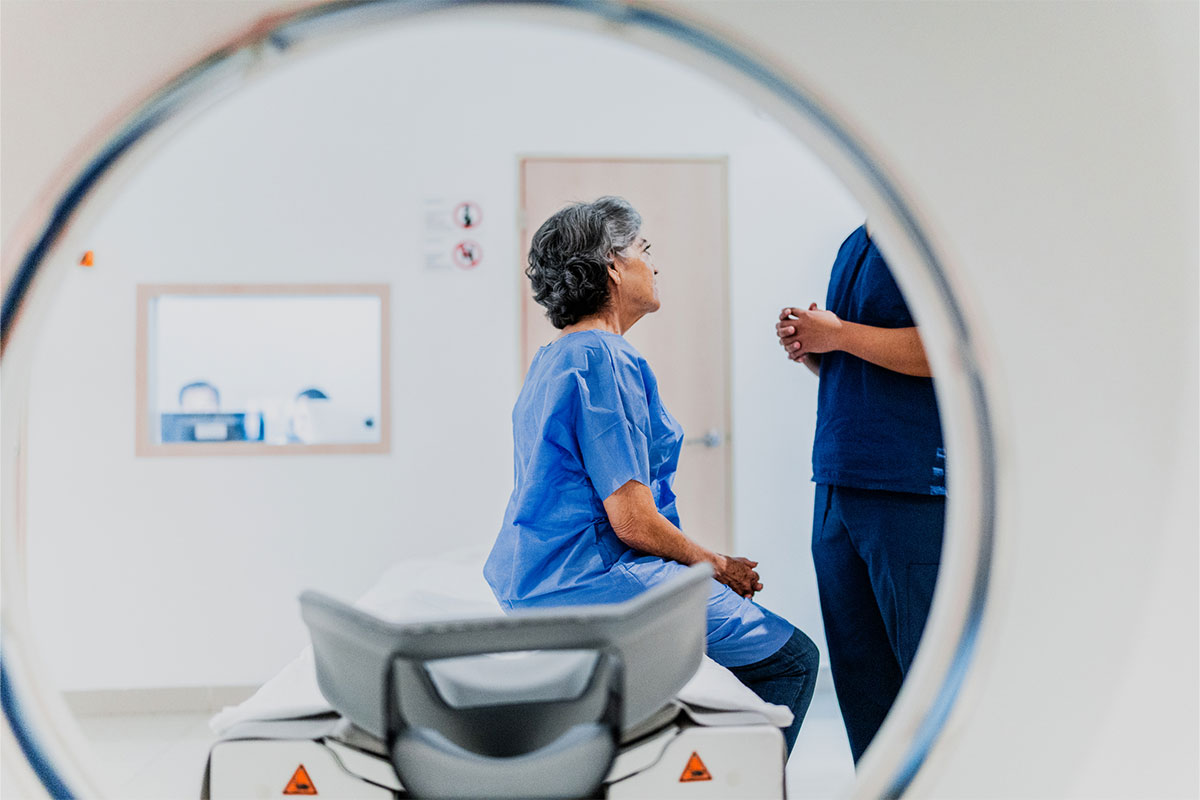Neurofibromatosis is a genetic condition that causes tumors to form on nerve tissue, often leading to pain, sensory loss, and developmental challenges. Led by Dr. Waner and Dr. O, the Vascular Birthmark Institute offers expert care for children and adults with neurofibromatosis, focusing on personalized treatments to minimize symptoms and protect health.
What Is Neurofibromatosis?
Neurofibromatosis (NF) is a genetic disorder that leads to the growth of tumors on nerves throughout the body. These tumors are usually benign but can also cause health issues, including hearing or vision loss, developmental disabilities, chronic pain, and disfigurement. There are three forms of NF: NF1, NF2, and schwannomatosis, each presenting with distinct symptoms. At the Vascular Birthmark Institute, we specialize in diagnosing and managing neurofibromatosis to help protect your neurological function, reduce symptoms, and support healthy development through personalized care.

Signs & Symptoms of Neurofibromatosis:
- Six or more café-au-lait spots (light brown skin patches)
- Freckling in the armpits or groin area during early childhood
- Soft, benign tumors under the skin (neurofibromas)
- Tiny bumps on the iris of the eye (Lisch nodules)
- Tumors along the optic nerve, potentially causing vision problems
- Shorter than average stature
- Larger than average head size
- Learning disabilities or ADHD
- Hearing loss, ringing in the ears, or balance issues (especially in NF2)
- Chronic pain, numbness, or muscle weakness (common in schwannomatosis)
Types of Neurofibromatosis
Neurofibromatosis Type 1 (NF1)
Neurofibromatosis type 1 (NF1) is the most common form and typically appears during infancy or early childhood. It is characterized by multiple café-au-lait spots on the skin, freckling in the armpits or groin, benign tumors under the skin, and Lisch nodules on the iris of the eye. Children with NF1 may also experience learning disabilities, attention-deficit hyperactivity disorder (ADHD), short stature, and an enlarged head size.
Neurofibromatosis Type 2 (NF2)
Neurofibromatosis type 2 (NF2) is much rarer and primarily affects the auditory nerves. This form often leads to the development of benign tumors known as vestibular schwannomas on the nerves responsible for hearing and balance. Symptoms usually emerge in the teenage or early adult years and may include hearing loss, ringing in the ears (tinnitus), balance problems, and facial weakness. Individuals with NF2 may also develop other brain or spinal cord tumors.
Schwannomatosis
Schwannomatosis is the rarest form of neurofibromatosis and typically presents in adults over the age of 20. It is characterized by the development of multiple schwannomas, which are tumors that grow along peripheral nerves. Unlike NF2, schwannomatosis usually does not involve vestibular tumors. Symptoms often include chronic pain, numbness, muscle weakness, and loss of muscle function. Schwannomatosis can be difficult to diagnose due to its rarity.
Treatments for Neurofibromatosis
When you come to the Vascular Birthmark Institute for treatment of neurofibromatosis, we begin with a thorough evaluation that includes a physical examination, imaging studies like MRI or CT scans, and genetic testing if necessary. Understanding the size, location, and behavior of your tumors allows us to create a highly personalized treatment plan. Treatment is carefully curated with specialists, including neurologists and geneticists, to offer you the best possible outcome.

Surgical Tumor Removal
If your tumors are causing significant pain, disfigurement, or functional impairment, surgical removal may be recommended. During surgery, we carefully excise the tumors while preserving the surrounding nerve tissue as much as possible. Microsurgical techniques are often used to ensure precision, which helps minimize the risk of nerve damage. Removing tumors can relieve pressure on nerves, improve mobility, and sometimes restore lost sensory or motor function.
Medication Management
In cases where surgery is not immediately necessary, medications can help manage symptoms. Pain relievers, including anti-inflammatory drugs and nerve pain medications, can reduce discomfort. For some patients, targeted therapies—medications that shrink specific types of tumors—may also help. These therapies work by interfering with the molecular pathways that allow the tumors to grow, offering a non-invasive way to manage tumor size and symptoms.
Careful Monitoring and Coordination With Specialists
In many cases, regular monitoring through imaging and clinical exams is the safest course of action. We schedule periodic evaluations to track tumor growth and symptom progression. When needed, we coordinate your care with neurologists, genetic counselors, and other specialists to ensure that every aspect of your health is addressed. This proactive approach allows us to intervene promptly if tumors affect hearing, vision, or neurological function.

Schedule Your Consultation
Vascular Birthmark Institute is committed to providing compassionate care for individuals with neurofibromatosis. Led by Dr. Waner and Dr. O, our team specializes in diagnosing and treating nerve-related tumors to protect your health, sensory function, and quality of life. We take a personalized approach to every case and work closely with you and specialized partners to design a treatment plan that addresses your needs. If you or a loved one is experiencing symptoms of neurofibromatosis, we encourage you to schedule a consultation today.
Contact Vascular Birthmark Institute Today